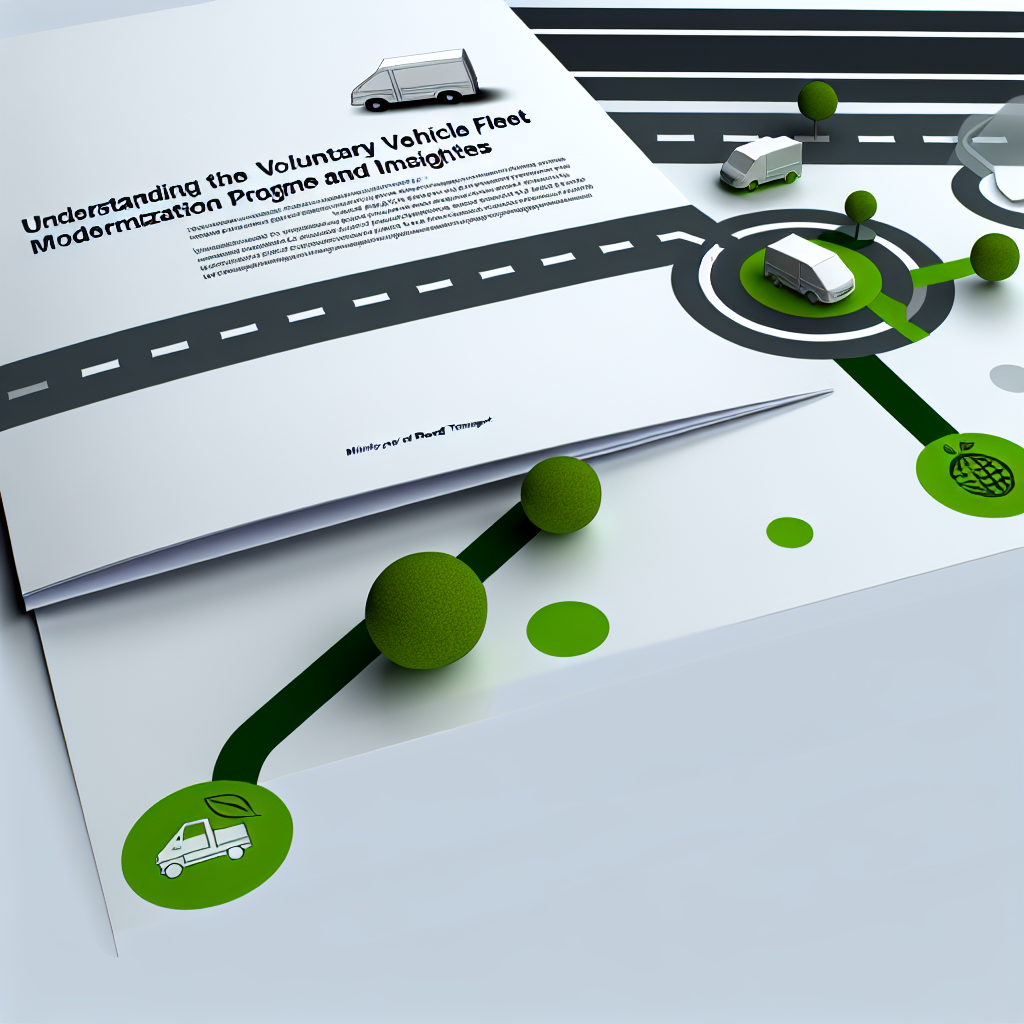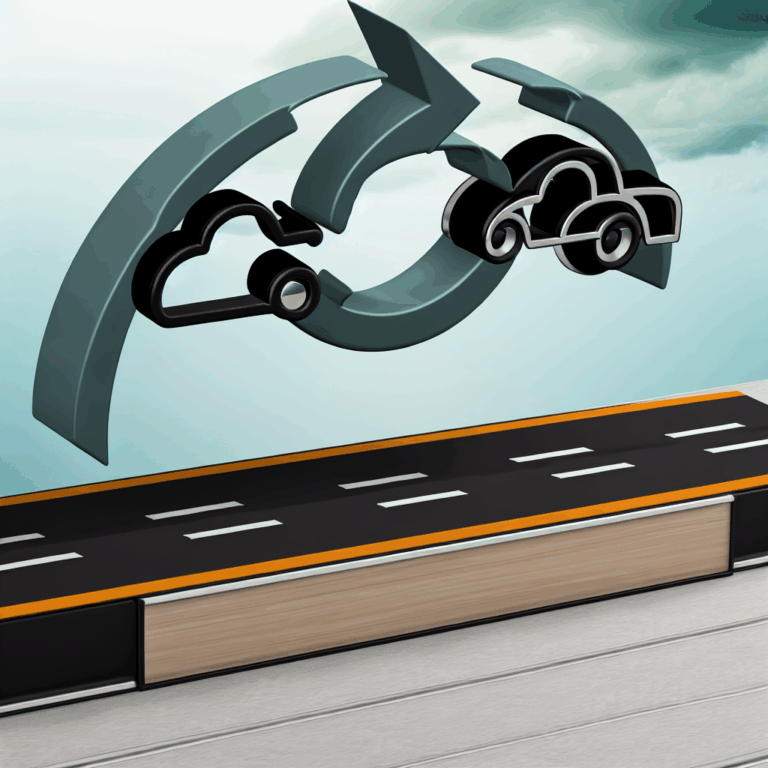Copyright @ 2023 www.digimitr.com. All rights reserved.

Understanding the Voluntary Vehicle Fleet Modernization Programme: Key Benefits and Insights from the Ministry of Road Transport & Highways
Learn about the details of the government scheme titled “Understanding the Voluntary Vehicle Fleet Modernization Programme: Key Benefits and Insights from the Ministry of Road Transport & Highways”. This initiative is managed by the relevant ministry and focuses on delivering benefits to eligible beneficiaries.
Here is a comprehensive overview:
Introduction
The Voluntary Vehicle Fleet Modernization Programme (VVMP), initiated by the Ministry of Road Transport and Highways (MoRTH), represents a vital step toward enhancing the overall quality of emission standards and road safety within the automotive sector. As environmental concerns grow, modernizing the vehicle fleet across the country has become essential, ensuring a reduced carbon footprint while promoting compliance with international emission norms. The program aims to incentivize vehicle owners to replace older, less efficient vehicles with modern, eco-friendly alternatives.
Eligibility Criteria
To participate in the VVMP, vehicle owners must meet specific eligibility criteria. Generally, the program targets personal and commercial vehicle owners who possess vehicles that are at least ten years old. This age parameter is crucial as older vehicles are typically less efficient in fuel consumption and contribute significantly to air pollution. Moreover, only those vehicles that are registered and located in designated urban areas are eligible for participation, as these regions are identified as high-pollution zones. The program is structured to encourage participation from a diverse array of vehicle owners, including individual consumers, businesses, and fleet operators.
Key Features and Benefits
The VVMP is replete with a variety of features designed to provide multiple benefits to participants. One of its central elements is the financial incentives offered by the government to encourage vehicle scrappage. Vehicle owners are provided with a cash incentive upon the surrender of their old vehicle, which can significantly offset the cost of purchasing a new vehicle. Additionally, the program fosters collaboration with car manufacturers and dealerships, who may offer further discounts or benefits to participants. This partnership aims to enhance the attractiveness of new vehicles equipped with modern technologies and features.
Modern vehicles not only provide improved fuel efficiency but also integrate advanced safety features and cutting-edge performance technologies. Furthermore, the program aims to increase road safety by phasing out vehicles that do not comply with current safety and emission norms. The replacement vehicles are expected to contribute positively to reduction in congestion and improvement in driving experience on the roads.
Application Process
The application process for the VVMP is designed to be user-friendly and straightforward. Vehicle owners can begin by filling out an online application form available on the official MoRTH website. The application requires details about the vehicle, including its registration number, model, and year of manufacturing. Upon submission, the application will be reviewed by authorities, and eligible participants will receive a confirmation along with information regarding the next steps in the process.
After authorization, participants can visit designated scrappage centers to surrender their old vehicles. These centers are equipped to handle the scrapping process according to environmentally safe practices. Once the vehicle is surrendered, individuals receive their cash incentive, which can be utilized toward purchasing a modern vehicle from participating manufacturers and dealerships.
Funding and Budget
The VVMP is underpinned by a substantial budget allocated by the government to facilitate its implementation. This budget is utilized not only for the monetary incentives offered to vehicle owners but also for establishing scrappage centers, conducting awareness campaigns, and facilitating collaborations with vehicle manufacturers. The government’s investment in this program reflects its commitment to sustainable development and aims to achieve cleaner air quality and safer roads across the nation.
Achievements or Impact
Since its inception, the VVMP has demonstrated a significant positive impact. Several vehicles have been successfully scrapped, and thousands of new, environmentally friendly vehicles have been introduced on the roads. Early analyses suggest that the program may have contributed to a measurable decrease in carbon emissions and air pollution levels in urban areas. Furthermore, the modernization of the vehicle fleet has led to enhanced road safety statistics, reduction in accidents caused by older, malfunctioning vehicles, and an overall improvement in transportation efficiency.
Challenges (if any)
While the VVMP has achieved considerable success, challenges persist. One key issue revolves around public awareness and participation. Many vehicle owners remain uninformed about the benefits of the program or are hesitant to part with their older vehicles due to sentimental reasons. Additionally, logistical challenges exist in terms of establishing scrappage centers and effectively managing the inflow of vehicles requiring scrappage services. Addressing these challenges will be essential for maximizing the program’s potential impact.
Recent Updates
In recent months, the MoRTH has introduced several updates to the VVMP aimed at enhancing its effectiveness. Collaborations with various automobile manufacturers have expanded, resulting in exclusive offers and promotional events that encourage vehicle replacement. Moreover, awareness campaigns are being run across various platforms, aiming to reach out to vehicle owners and educate them about the importance of fleet modernization. Additionally, technical upgrades to scrappage centers have been proposed to ensure safe and efficient handling of the vehicles being retired.
Conclusion
The Voluntary Vehicle Fleet Modernization Programme stands as a key initiative that underscores the commitment of the Ministry of Road Transport and Highways toward sustainable transportation and environmental protection. The array of benefits, including financial incentives, improved safety, and enhanced emission standards, positions the program as a win-win for the government, vehicle owners, and society at large. As the program continues to evolve, addressing challenges and encouraging widespread participation will be crucial for its long-term success and impact on pollution reduction and public health.
FAQs
1. What is the main goal of the Voluntary Vehicle Fleet Modernization Programme?
The primary goal of the VVMP is to modernize the vehicle fleet in order to reduce pollution levels and enhance road safety by encouraging vehicle owners to replace older vehicles with newer, more eco-friendly models.
2. How much financial incentive can vehicle owners expect?
The financial incentive for scrapping an older vehicle varies based on the vehicle type and condition, but it is designed to significantly offset the cost of purchasing a new vehicle. Specific amounts may be outlined in official government releases and are subject to change.
3. Can all types of vehicles be scrapped under the VVMP?
The VVMP primarily targets personal and commercial vehicles that are at least ten years old. However, details regarding acceptance may vary, so prospective participants should consult the official MoRTH website for precise guidelines.
For more information, check out official government site,
Official government website or relevant source not provided.
Stay updated on related schemes and initiatives using hashtags: #Understanding #Voluntary #Vehicle #Fleet #Modernization #Programme #Key #Benefits #Insights #Ministry #Road #Transport #Highways
Join the discussion about this scheme in the comments below!





